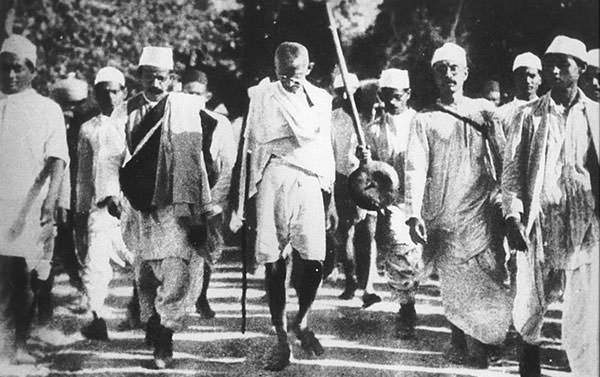No Cash – No Problem – A Year After Demonetization
 It’s been a year since Indians were given the shock-treatment. Our cash-flush monetary system suddenly turned cash-deprived and despite public chest-beating by some political figures, the public by and large, enthusiastically embraced the move and the personal hardship it brought with it. Now, a year later, it’s still hard to separate the fact from fiction. Politicians and economists call demonetization either the biggest blunder in the history of India’s polity or the most ambitious masterstroke in its political history – and some call it both! With all that, despite dire predictions of economic doldrums and chaos in life as we know it, it’s fair to say the people still largely view the move positively. What chord did the note-ban strike to evoke this response?
It’s been a year since Indians were given the shock-treatment. Our cash-flush monetary system suddenly turned cash-deprived and despite public chest-beating by some political figures, the public by and large, enthusiastically embraced the move and the personal hardship it brought with it. Now, a year later, it’s still hard to separate the fact from fiction. Politicians and economists call demonetization either the biggest blunder in the history of India’s polity or the most ambitious masterstroke in its political history – and some call it both! With all that, despite dire predictions of economic doldrums and chaos in life as we know it, it’s fair to say the people still largely view the move positively. What chord did the note-ban strike to evoke this response?
In the face of what is seen as a largely corrupt ruling class, we Indians had come to expect, at worst complicity, and at best inaction. Even the few actions that were taken were seen as powerless and targeted at the small-fry. Demonetization flew in the face of all these categorizations – the people saw it as a big, bold, and extremely public step that seemed to hit those with the most to lose the hardest. Right or not – here at last was action. Well considered or not – here at least was intent. At the heart of the move the people identified the desire to do something! And in a long history of doing nothing – doing something, even if the economists don’t agree, was still a response they could get behind!








